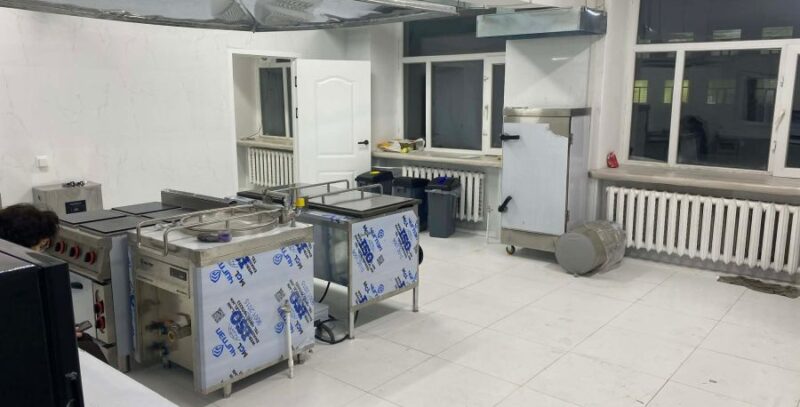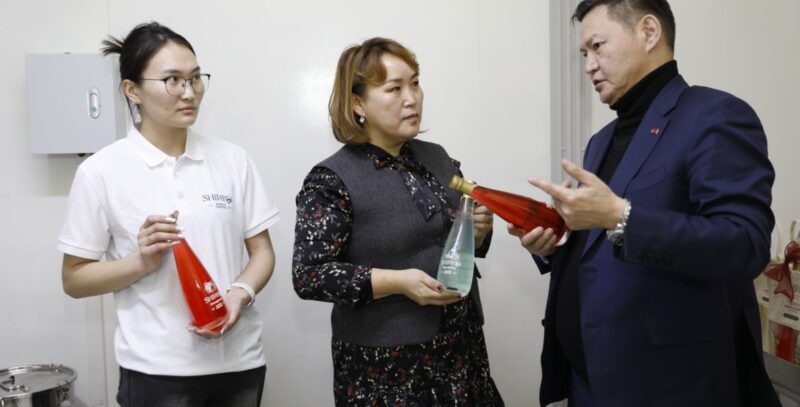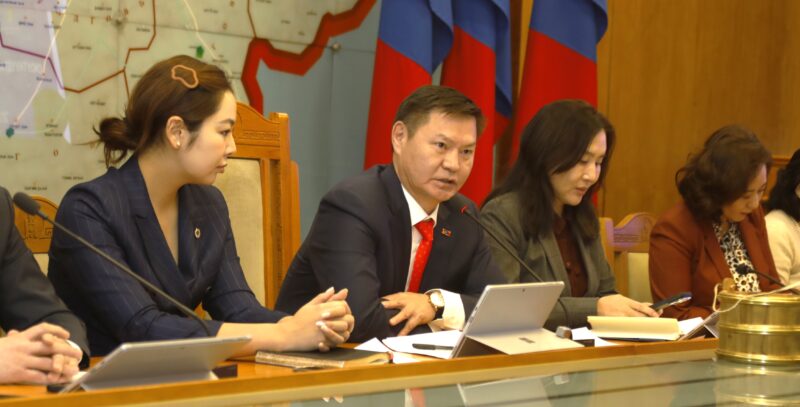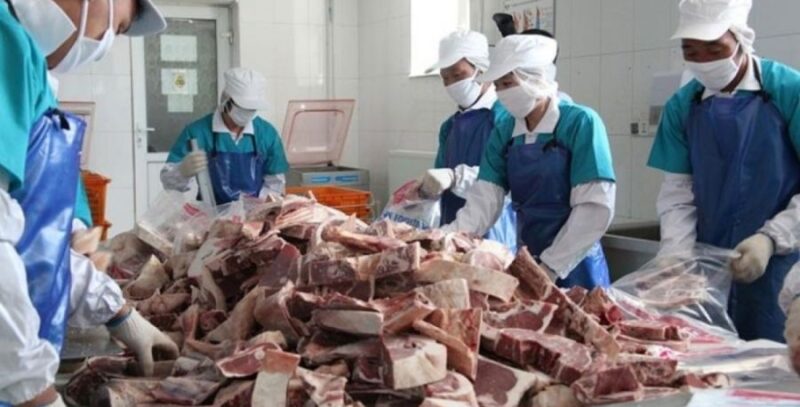
Foreword
As the world enters the third year of the COVID-19 crisis, it is evident that after years of progress, development has been halted or even reversed across several domains. While the world was off track from meeting the Sustainable Development Goals (SDGs) even prior to 2020, the pandemic has compounded that trend, taking a devastating toll on people’s lives and livelihoods and on global efforts to realize the SDGs. Contrary to early expectations, the COVID-19 pandemic kept its grip on the world economy well into 2021, further exacerbating an already alarming situation in terms of hunger and food insecurity, while continuing to make data collection and statistical assessments more difficult.
The latest estimates1 by the Food and Agriculture Organization of the United Nations (FAO) put the global hunger figure for 2021 between 702 and 828 million people (with a point estimate of 768 million) (FAO et al., 2022). These estimates imply that, since 2015, the increase in the number of undernourished people in the world has practically eroded all progress that had been made during the preceding decade, bringing the world back to hunger levels that prevailed in 2005. Furthermore, severe food insecurity has increased significantly from 10.9 percent of the global population in 2020 to 11.7 percent in 2021, pushing millions of those at moderate levels of food insecurity into severe food insecurity and – possibly – hunger.
While food prices were relatively stable from 2016 until 2019, the share of countries afflicted by high food prices rose sharply from 16 percent in 2019 to 47 percent in 2020. International prices of food items soared in the second half of 2020; they are expected to continue rising as a result of the war in Ukraine, which has had an adverse impact on several food-importing countries.
The world is still far from maintaining the genetic diversity of farmed and domesticated animals, either in the field or in gene banks.
In most countries with available data, both the average annual income and the average productivity of small-scale food producers lag behind those of their large-scale counterparts. Within the group of small-scale food producers, women’s incomes are systematically and significantly lower than those of men in half of the countries with data. In 30 out of 36 countries, less than 50 percent of women have ownership and/or secure tenure rights over agricultural land. Data from 52 countries for the period from 2019 to 2021 reveal that only 29 percent of reporting countries include sufficient provisions in their legal frameworks to adequately protect women’s rights to land.
The global water stress level remained at a safe level of 18.6 percent in 2019, though this figure hides large regional variations. Southern Asia and Central Asia registered high levels of water stress at over 75 percent, whereas Northern Africa registered a critical water stress level of over 100 percent. Since 2015, water stress levels have increased significantly in Western Asia and Northern Africa. Water use efficiency rose to 19.4 USD/m3 in 2019 worldwide, a 12 percent increase since 2015.
The percentage of food lost after harvesting on farms and at transport, storage, wholesale and processing levels is estimated at 13.3 percent globally, compared to 13 percent in 2016. These percentages mask improvements and deteriorations on regional and subregional levels, as estimates vary greatly across (sub)regions.
Between 2018 and 2022, the average degree of implementation of international instruments to combat illegal, unreported and unregulated fishing has improved across the world. In 2022, nearly 75 percent of countries scored highly in their degree of implementation of relevant international instruments, compared to 70 percent in 2018.
The world’s forest area continues to decrease, although at a slightly slower rate compared to previous decades. The proportion of forest area fell from 31.9 percent of total land area in 2000 to 31.2 percent in 2020. Despite the overall loss of forests, the world continues to progress towards sustainable forest management. Between 2010 and 2020, the share of forests under certification schemes, the proportion of forest within protected areas and the proportion of forests under a long-term management plan increased globally.
Vegetation coverage of the world’s mountains has remained roughly stable at approximately 73 percent since 2015. Disaggregated data by mountain class show that green cover tends to decrease with mountain elevation, evidencing the strong role played by the climate in mountain green cover patterns.
To ensure progress across all the areas discussed above, it is essential to improve data capabilities. While considerable progress has been made towards building stronger data and statistical systems for SDG monitoring, significant data gaps still exist. It difficult to effectively measure the pace of progress across different regions and socioeconomic groups in the absence of data with comprehensive disaggregation levels. Greater investments to improve data collection and strengthen data capabilities are also crucial to trigger earlier responses to crises, anticipate future needs and design the urgent actions needed to realize the 2030 Agenda.

Pietro Gennari, Chief Statistician













